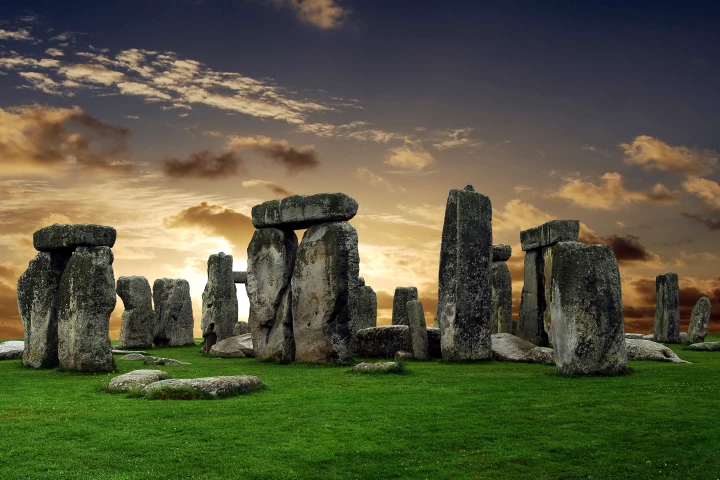Stonehenge
-
Archeologists from University College London (UCL) have found the remains of a stone circle in west Wales, which indicate that part of Stonehenge was made from recycled stones. Excavations at Waun Mawn suggest that bluestones from the Welsh circle were moved 140 miles (225 km) away, about 5,000 years ago.
-
Stonehenge cuts an imposing figure – but it’s just a fraction of the structures that once stood in the area. Now, archaeologists have discovered a huge, previously unknown ring of structures surrounding the region at Durrington Walls.
-
Today, people flock to Stonehenge from all over the world, but it may have been an international attraction for thousands of years. By studying teeth buried there, a new study found ancient people were surprisingly mobile, traveling around Britain and Europe and often being buried far from home.
-
As part of the Stonehenge Hidden Landscapes Project, remote sensing technology and geophysical survey equipment has been used by researchers to discover and map previously unknown buried features that show stunning detail of Roman and Bronze and Iron Age settlements.



